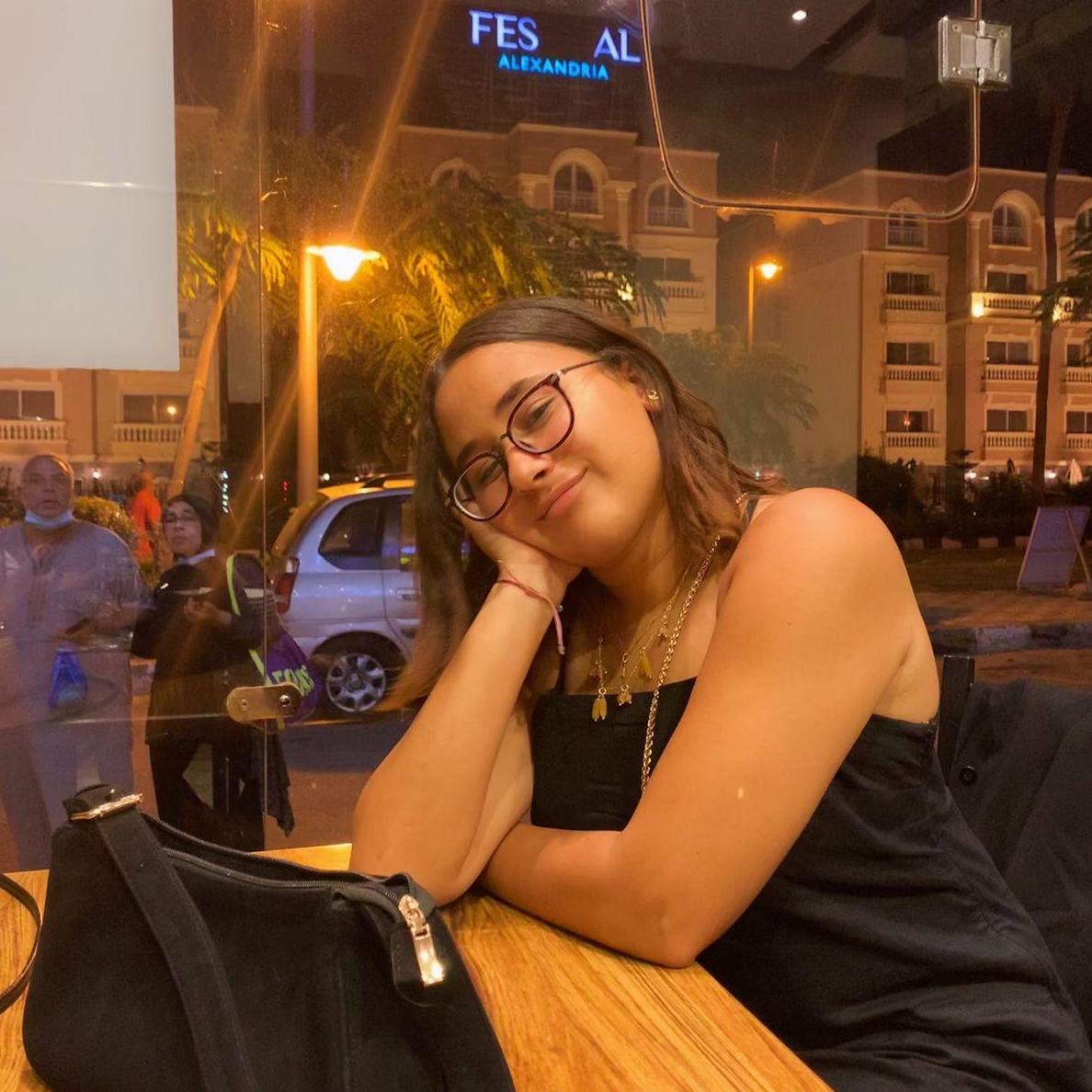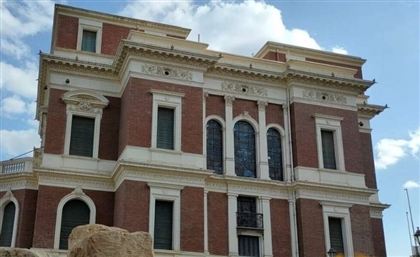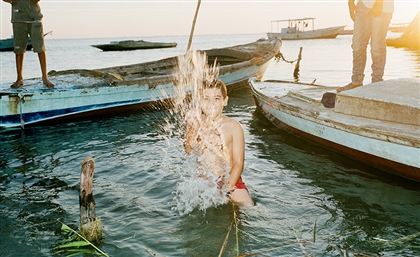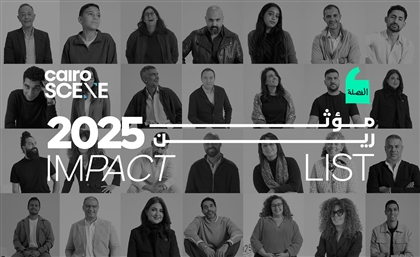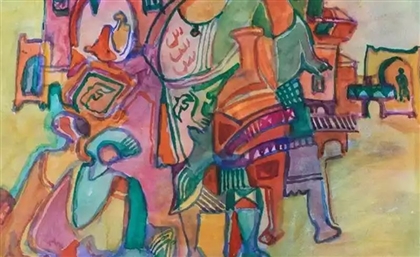Cairo Can Only Be Raw: How Heba Tarek Remakes the City in Collages
Why is it that no art is as jarring as raw, simple Cairene photography?
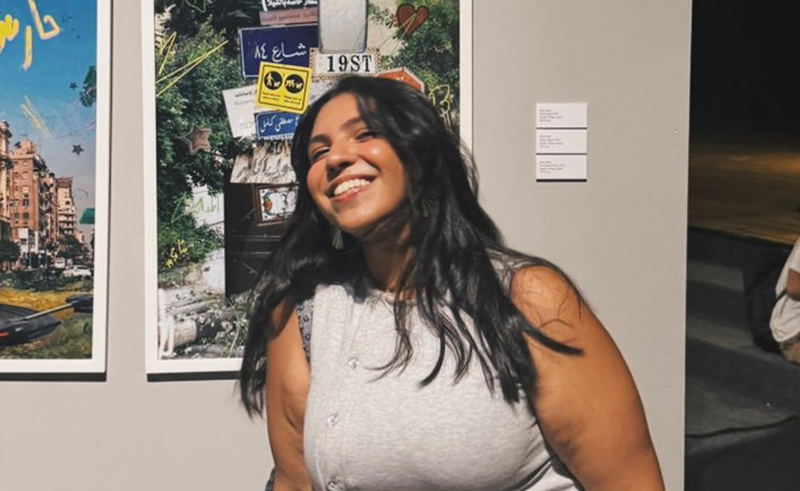
“Illustration summarises things, and Cairo cannot be summarised. It cannot in any way be neat or quiet.”
How does one illustrate nostalgia? In vacuum, the concept has, despite its intangibility, been reproduced in perhaps thousands of renditions to date. Except none of these renditions exist in vacuum; they are always rooted in the reflection of their respective artists, reflections on their lives, their definition of an emotion, or their perception of their surroundings, for example. When Egyptian artist Heba Tarek illustrated her nostalgia in a mixed media piece, it reflected her definition of the feeling and an illustration of her environment at the time: early 2000s’ Cairo.
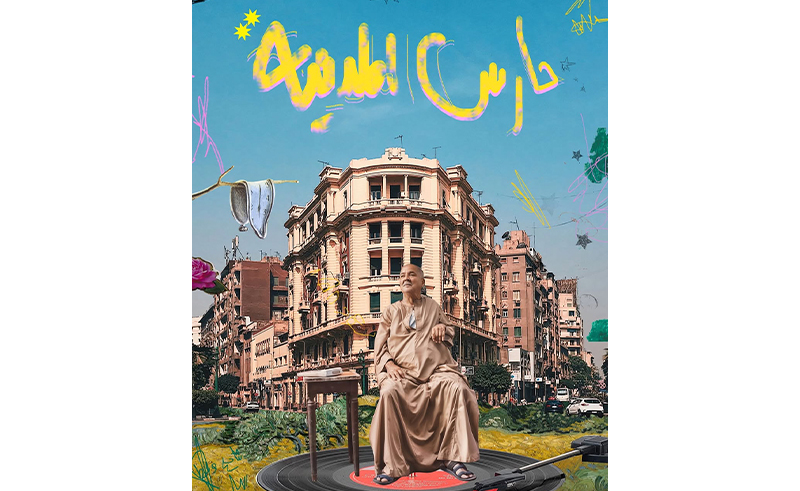
As opposed to doing so using a barrage of blue hues or random elements we tend to see in Western art, though, Tarek did so using raw input from Cairene streets and screens at the time. The piece was refreshing, striking. It moved something. It meant something.
“I love making art that’s relatable. Even with a concept as personal as nostalgia, I wanted everyone who saw it to relate to it in one way or the other,” Heba Tarek tells CairoScene.
Like many artists, Tarek draws inspiration from her surroundings, and like many Egyptian artists, she is endlessly inspired by the intricate complexities of Cairo. “On the drive to work, I’m always looking out the window and observing the streets I pass through,” Tarek tells us. “I think it’s only natural that what I saw made its way into my art.”
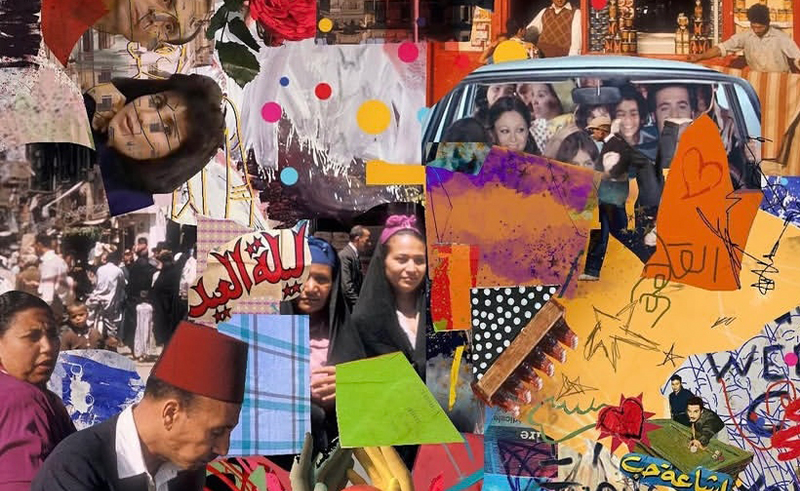
It’s natural to be inspired by your surroundings, but Cairo seems to force itself down our throats. The city is so vibrant that it demands to be seen as it is, with minimal intervention from the artist themselves. So when Tarek found herself depicting nostalgia, the city had to make its way into her work. “It’s not like I don’t illustrate, but when I do, I always find myself with an urge to include photos. It evokes a different feeling, it makes it feel like Cairo.”
When Tarek began her neighbourhoods project, she didn’t really have a plan. “I just took pictures of the store signs in my neighbourhood in Dokki because I felt like they depicted home. I didn’t know what I was going to do with them.” Tarek ended up stacking the signs atop one another to create a classic Egyptian apartment building. The act of deconstruction of existing structures in this way is a known pillar of the Situationist art movement - ‘detournement’ - which involves a subversion and repurposing of existent cultural artefacts to convey meaning.
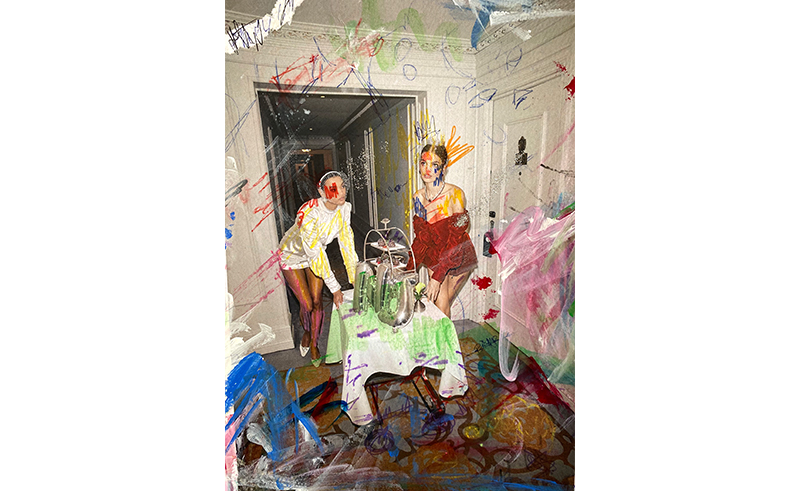
As she built her vision of Cairo through collages made up of store signs she saw in the street, Tarek couldn’t help but use raw material. “Part of it is about the familiarity,” Tarek explains. “When people see something they feel like they know, it evokes a feeling. Cairo is both jarring and relatable.” For this project, Tarek took to the streets, instead of sourcing images online. “Taking my own photos, instead of using ones someone else took, completely changed the way I approached my art. This was entirely my perspective, my experience. Besides, things never stay the same for too long here. Two years ago, these signs weren’t there.”
The neighbourhood collages illustrated how Cairo morphs from street to street. “The signs in Dokki were majorly of Sudanese stores, a development due to the recent changes in population in the neighbourhood,” Tarek says. “When I posted a picture of the collage I made of another neighbourhood, people were immediately able to guess where it was. A neighbourhood reflects its people.”
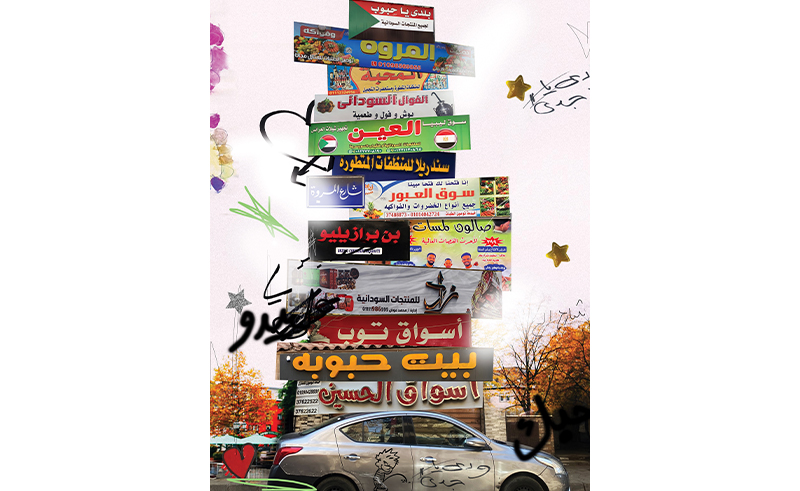
Besides being reflections of the neighbourhoods they existed in, the signs Tarek incorporated into her art were their own art. “It may be considered bad graphic design, but I absolutely love the kitsch of the store signs here. I mean, that’s just Cairo. It’s kitschy, it’s noisy, it’s everything all at once.”
Even the neighbourhoods where signs aren’t as kitschy are, in Tarek’s view, part of the city’s identity. When documenting Cairo, it’s easy to stray away from newer areas, but, as Tarek says, “Every area tells a story. It answers a question of why the people in it are the way they are. It documents a constantly evolving landscape of people.”
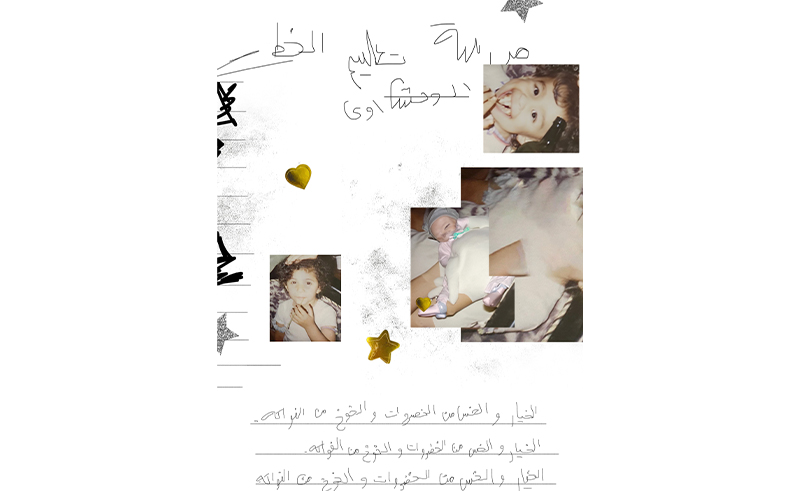
Tarek’s work is available for viewing on her Instagram account at @hebatarrek_, where she also announces its installation in exhibitions around Cairo. Her next project will play with the concept of 2000s TV trivia, highlighting yet another angle on the multifaceted nature of nostalgia.
- Previous Article 10 Arab Photographers Selected for AFAC’s ADPP
- Next Article Six Unexpected Natural Wonders to Explore in Egypt
Trending This Week
-
Dec 23, 2025







